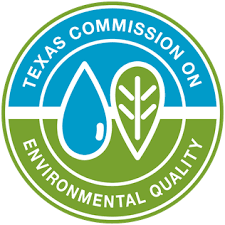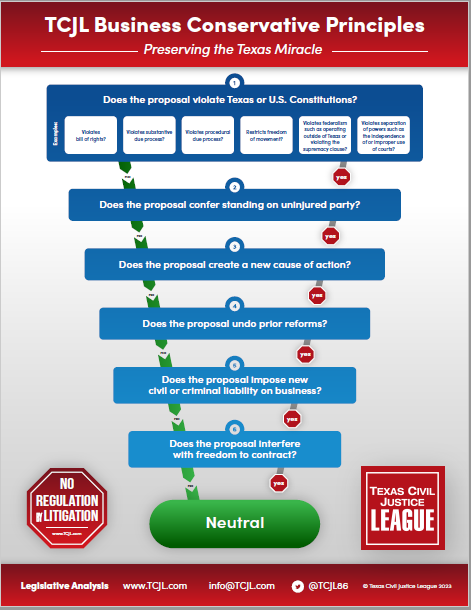 Texas Commission on Environmental Quality and Max Midstream, LLC v. San Antonio Bay Estuarine Waterkeeper, Texas Campaign for the Environment, and S. Diane Wilson (No. 15-24-00036-CV; February 27, 2025) arose from Max Midstream’s 2020 application to expand its minor source air permit to expand its terminal facility in Calhoun County. Several environmental groups opposed the permit and filed contested case hearing requests, which TCEQ denied. The groups sought judicial review in a Travis County district court, which reversed TCEQ’s decision and remanded to the agency for a contested case hearing.
Texas Commission on Environmental Quality and Max Midstream, LLC v. San Antonio Bay Estuarine Waterkeeper, Texas Campaign for the Environment, and S. Diane Wilson (No. 15-24-00036-CV; February 27, 2025) arose from Max Midstream’s 2020 application to expand its minor source air permit to expand its terminal facility in Calhoun County. Several environmental groups opposed the permit and filed contested case hearing requests, which TCEQ denied. The groups sought judicial review in a Travis County district court, which reversed TCEQ’s decision and remanded to the agency for a contested case hearing.
In an opinion by Justice Farris, the court of appeals reversed and rendered judgment in favor of TCEQ. The case turned on the question of whether the proposed emissions from the expanded facility would pose an adverse health or welfare effect on nearby residents. According to the toxicologist who performed the modeling and analysis on behalf of Midstream Max, the expanded facility would produce such small magnitude amounts of ground level contaminants as to be well within TCEQ’s screening level and even less farther than one mile from the terminal itself. The environmental groups produced their own expert a public health statistician, who controverted the toxicologist’s analysis.
First, the court determined that the substantial evidence standard of review applied. The groups argued that TCEQ could “not weigh and resolve disputed fact issues in determining affected-person status,” but in this case the commission’s decision rested on an evidentiary record that SCOTX authority has already decided brings the agency’s decisions on contested case hearing requests, “specially including permit requests,” within the APA’s substantial evidence standard. Proceeding to the review itself, the court first considered whether the permit contestants had a “personal justiciable interest” affected by the permit application, as opposed to “a hypothetical or speculative injury.” The court concluded that substantial evidence supported the agency’s determination that the permit would have a negligible impact on nearby residents and would have no discernible effect on the use or enjoyment of any of the protestants’ property. It further held that the protestants failed to carry their burden of “establish[ing] that the permitted activity would affect them differently than members of the general public,” thus dooming their standing claim. Finally, the court concluded that any impact that the permitted activity would have on protestants’ economic interests (largely in oyster fishing) was merely speculative.
Second, the court pointed to relevant provisions of the Health & Safety Code and Water Code giving TCEQ exclusive jurisdiction grant or deny permit applications and discretion to “weigh and resolve disputed facts in determining the need for a contested case hearing.” It did not abuse its discretion in this case, nor was its decisions arbitrary (i.e., the protestants argument that the Commission had applied an arbitrary “one-mile test” didn’t hold water). Finally, the court rejected the protestants’ argument that they didn’t have to show a personal justiciable interest not common to members of the general public. But the cases they cited involved application of the federal Clean Air Act, not the Texas version.
This case makes a pretty fair demonstration of what the proponents of the 15th Court of Appeals were looking for in administrative cases, that is, a consistent application of (for the most part) well-settled legal principles to state agency decisions. Of course, while the court is still new, this decision indicates, to us at least, that this consistency and predictability will be hallmark of its decisions. The court will also likely relieve SCOTX of some of the burden of administrative appeals, which in the long run will make the permitting process more efficient and less costly in terms of delay.










